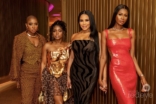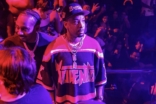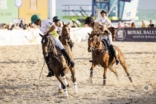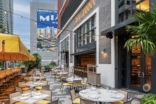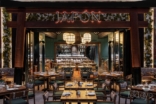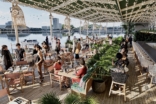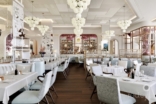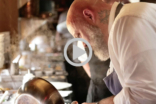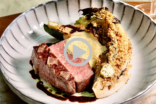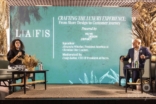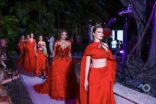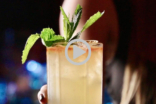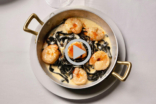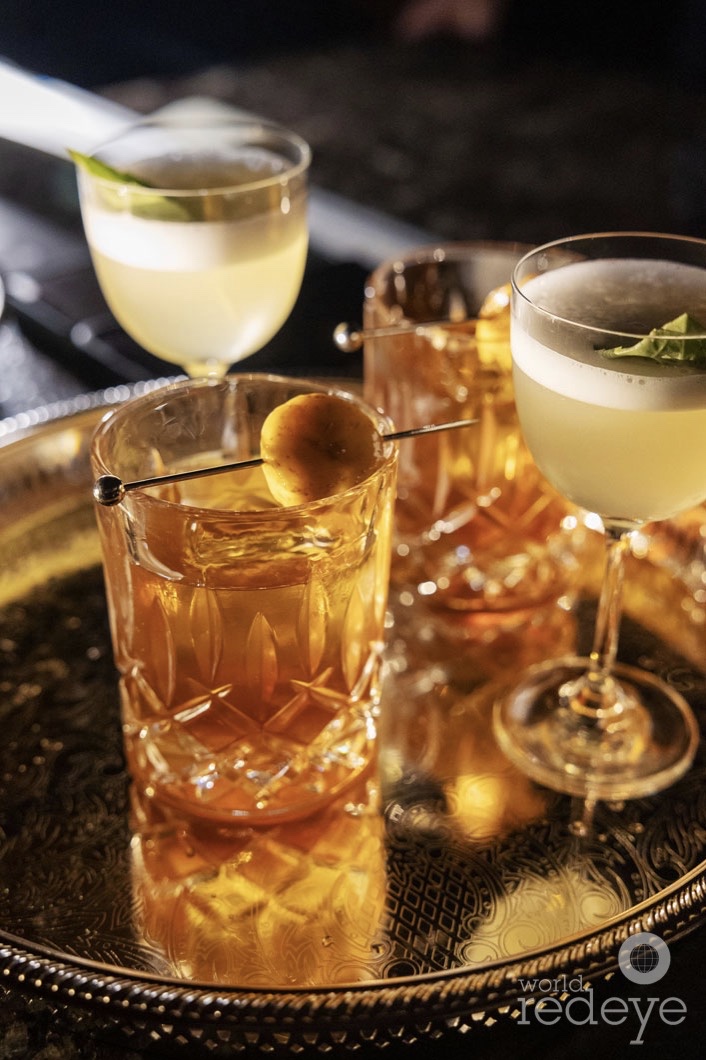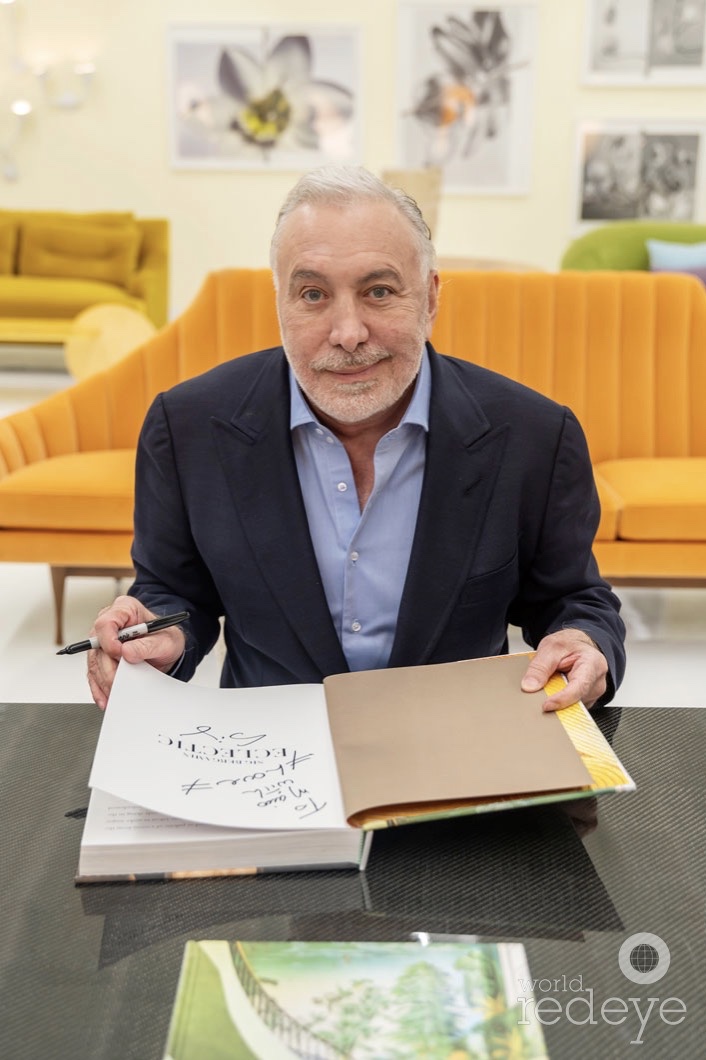Q&A: Between the Lines Featuring Artist Ryan Troy
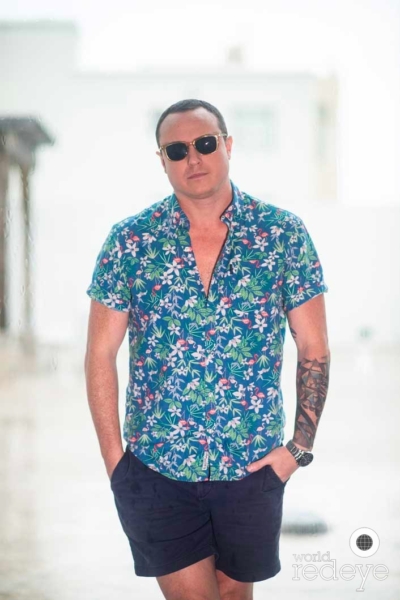
Ryan Troy
Miami, FL – June 23, 2020 – Meet Ryan Troy, photographer, painter, and musician. Born in Connecticut, he spent three years traveling abroad on cruise ships as a production manager before moving to Miami Beach in 2011. Ryan began his photography career at World Red Eye in May of 2011; fast forward nine years later, he is WRE’s nightlife director and senior photographer. When Troy’s not behind the camera lens he’s creating his signature credit-card patterned art.
Without having a formal art education, Troy was determined to figure out how to make a masterpiece. It all began with a few sketches of lines and patterns on graph paper, which then transformed into Ryan’s abstract geometric painting style and self-developed credit-card technique. With the viewer in mind, Troy’s pieces are bright, colorful, and eye-catching; from small square canvases to full-scale murals, his diverse portfolio spans across all ranges of sizes and intricate designs.
We went behind the scenes with Ryan to get a closer look at the artistry behind his notable work. Interested in one of his pieces? Email: ryan@worldredeye.com or send him a message on Instagram @ryanjtroy. Read the full Q&A below.
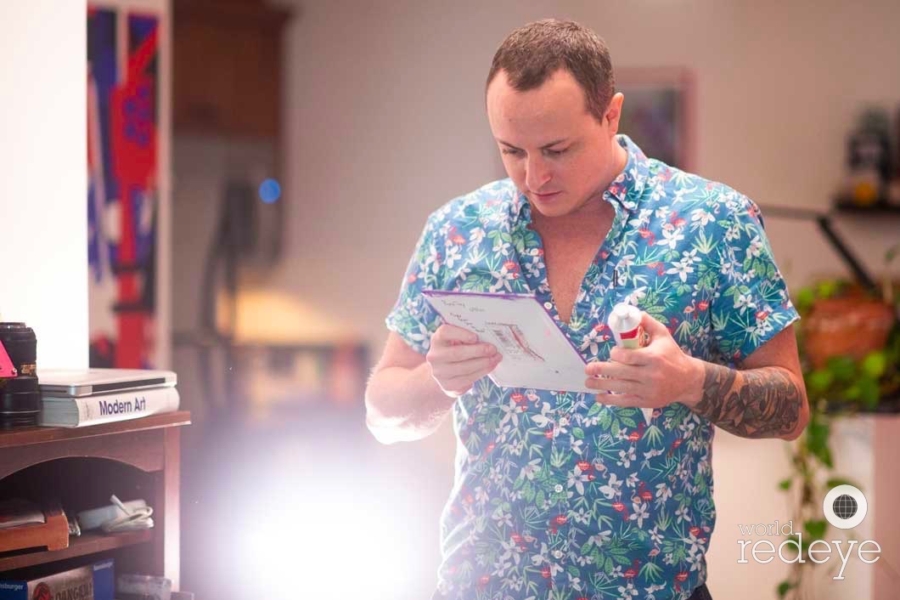
Ryan Troy
WRE: What made you first want to become a painter?
Ryan Troy: I had a friend who was in art school and I asked her to make me a piece to decorate my wall. When she never did, I decided to make one myself. I had no formal art training though, so I brainstormed how I could make a painting using straight lines and grids. I made a couple of sketches on graph paper and then began experimenting with paints and canvases back in 2013.
WRE: Are there any specific artists who have influenced your work? How so?
RT: Definitely Piet Mondrian. His work is proof you can do WAY more with FAR less. His abstraction of black lines and squares of only primary colors or white are so simple but so iconic. This really inspired me to use grids and simple colors to create my work. Other artists would include, Juan Gris, Victor Vasarely, Karl Benjamin, Frank Stella, Wassily Kandinsky and Maya Hayuk, who inspired me to try murals and large-scale painting.
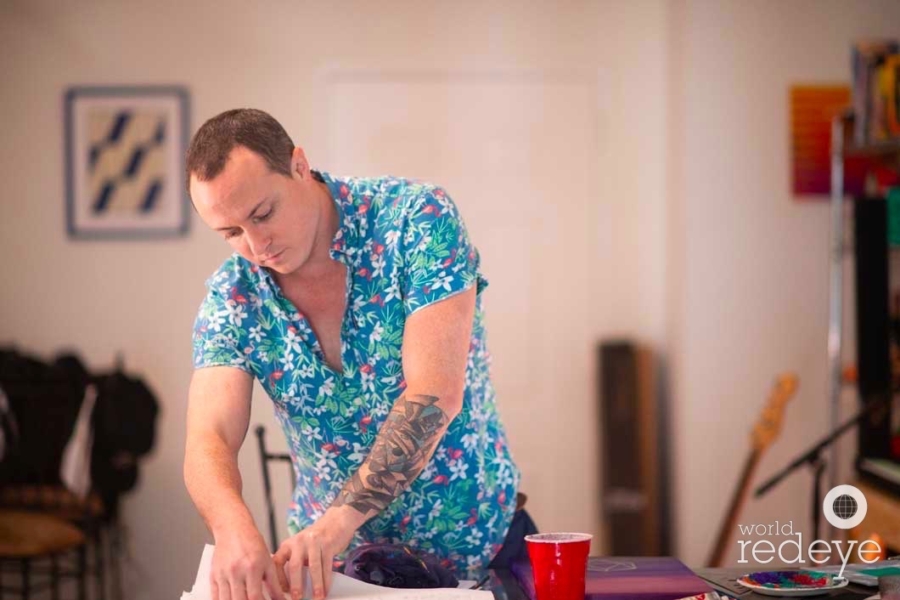
WRE: Art comes in many forms. What do you consider to be art?
RT: Almost anything can be considered “art.” Wherever creativity and ingenuity exists, so does art. Art happens anytime a human being creatively executes their job or work. Art could be the way a businessman creatively closes a deal or a grocery store bagger skillfully bags groceries at checkout so as not to crush the bread. Painting and music are definitely the most visible forms, but art is everywhere. My work doesn’t have a traditional “meaning” in the sense that it’s political or intentionally conceptual, but that doesn’t make it any less “artistic”. The art comes from the design and willingness to apply that design physically.
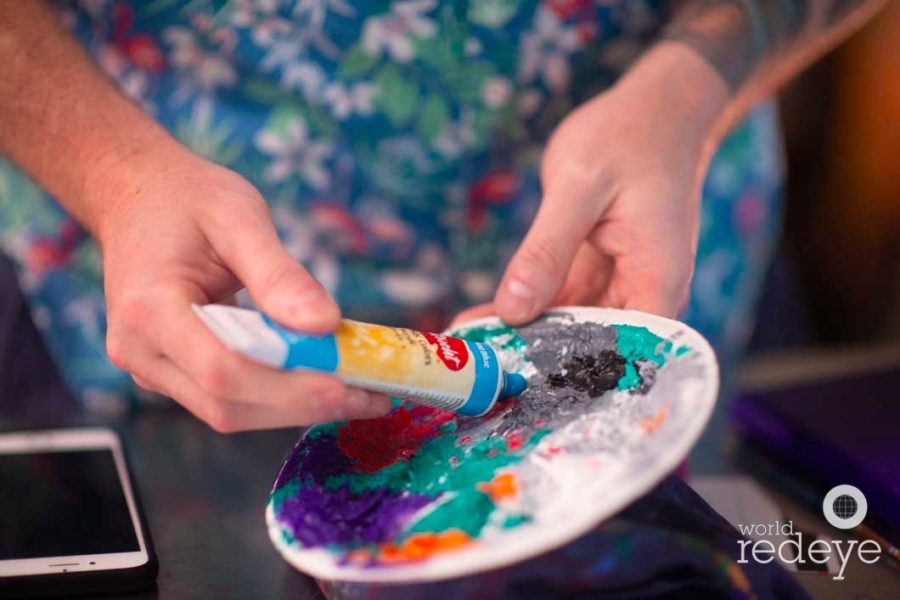
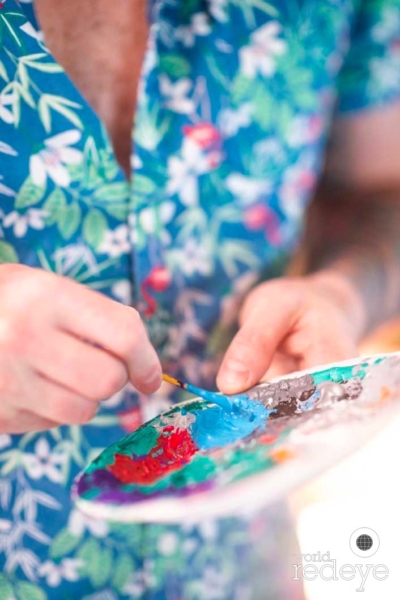
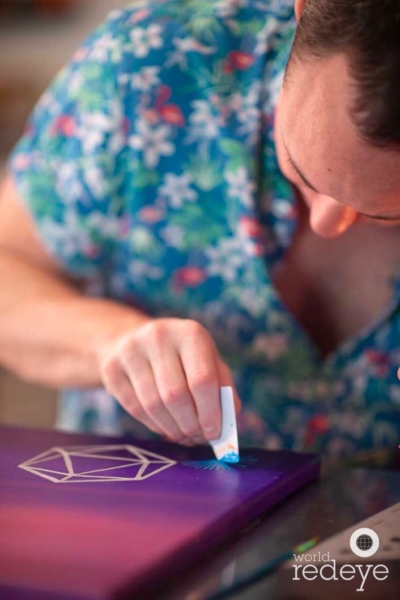

Ryan Troy
The credit card stamp technique allows me to create something that is sharp and clean and gets the paint onto the canvas efficiently and effectively.
Ryan Troy
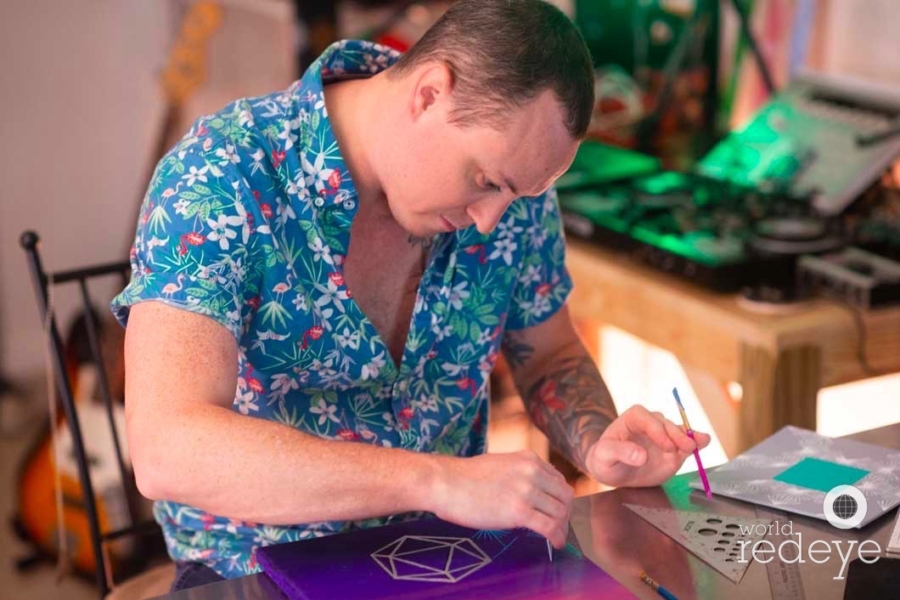
WRE: One of the most interesting things behind your paintings is your technique of using credit cards. How did you come up with this technique?
RT: When I first attempted to create that first painting for my wall, I wanted to make something that genuinely looked good (to me), not some sloppy attempt at a drawing or object. A friend of mine suggested graph paper (form will set you free) as a way to work out what a potential painting or illustration might look like. Measuring out an inch by inch grid, I made some sketches with straight lines and simple colors. The idea for using the edge of a credit card as a stamp came when I realized my hand was not steady enough to paint a straight line and using a ruler or straight edge was sloppy. The credit card stamp technique allowed me to create something that was sharp and clean and got the paint onto the canvas efficiently and effectively.
WRE: You’ve been painting since 2013. How would you say your work has changed since then?
RT: Since 2013 I’ve made hundreds of paintings. Each time I make one I’m practicing the motion and technique and controlling how the paint lands on the canvas; this makes them cleaner and sharper. My first paintings are much sloppier. I’ve also learned a little art theory since then and have incorporated much more use of negative space. My work used to be much “noisier” and that makes them harder to look at, as the eye doesn’t know which way to go. I’ve also experimented a lot with different color schemes (some aren’t so great) and what I call “Pattern Rules.” Every painting has self-imposed “rules” as to where the “paths” can and can’t go. Sometimes I experiment with breaking my own rules though and that has produced a few mixed results. This has all become a meditation for me, listening to music and repeatedly applying the paint is where the meaning behind my work lies, and that wasn’t there so much at the beginning.
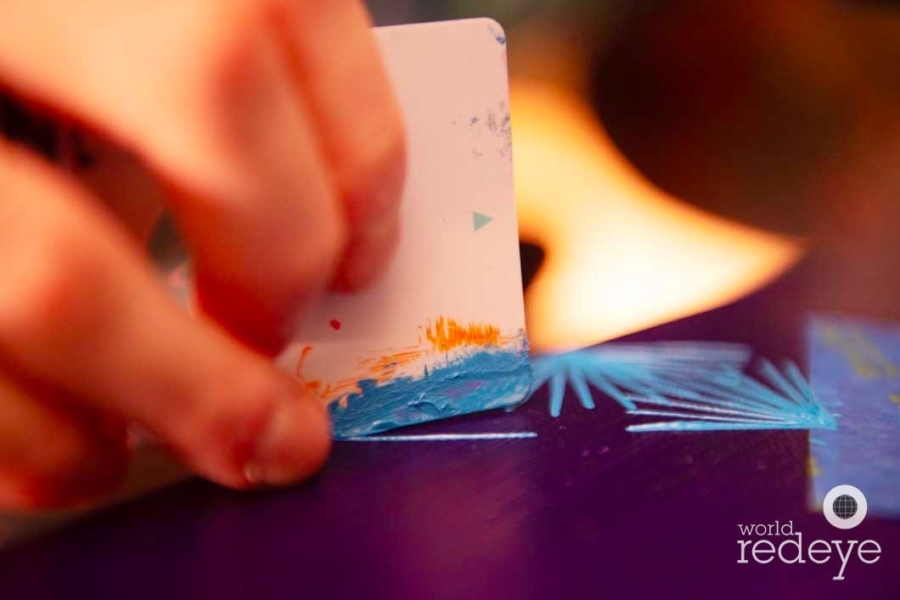
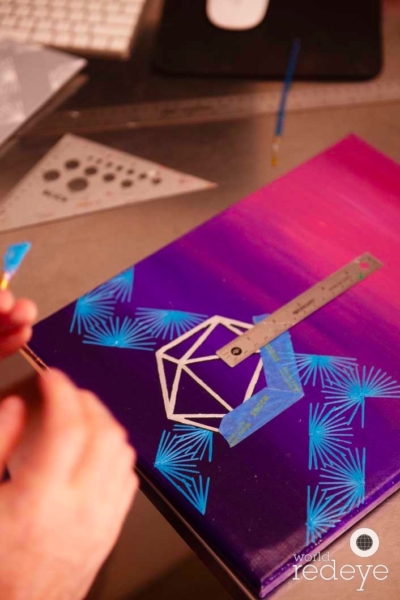
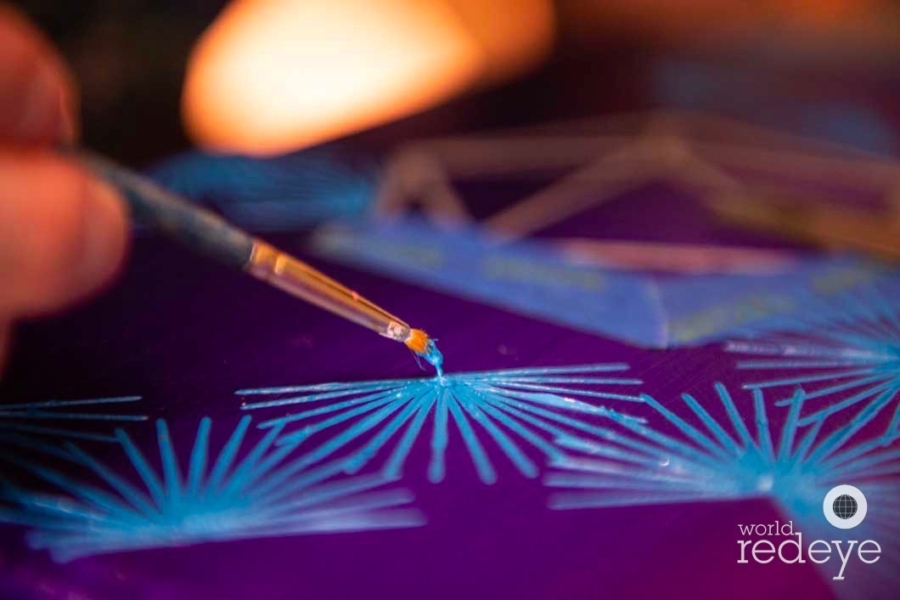
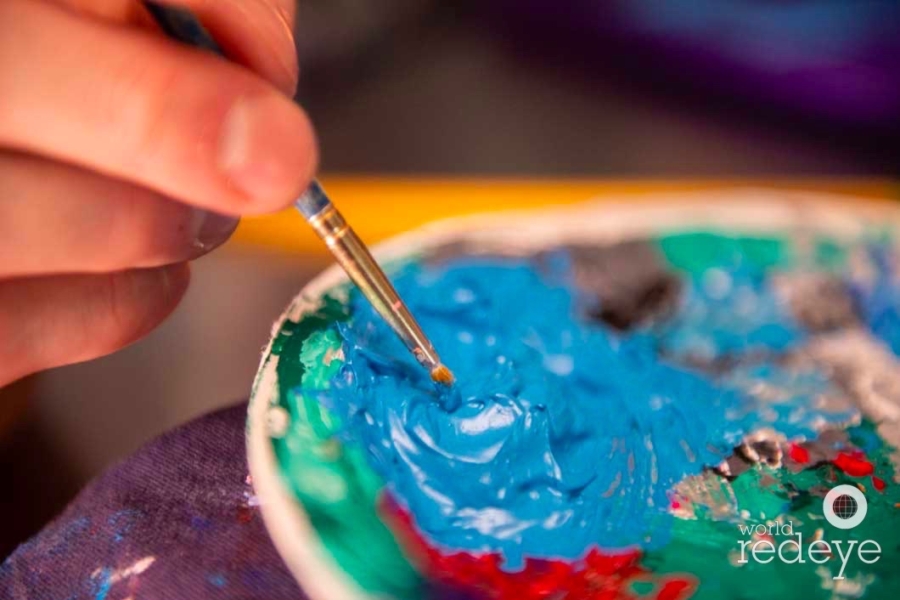
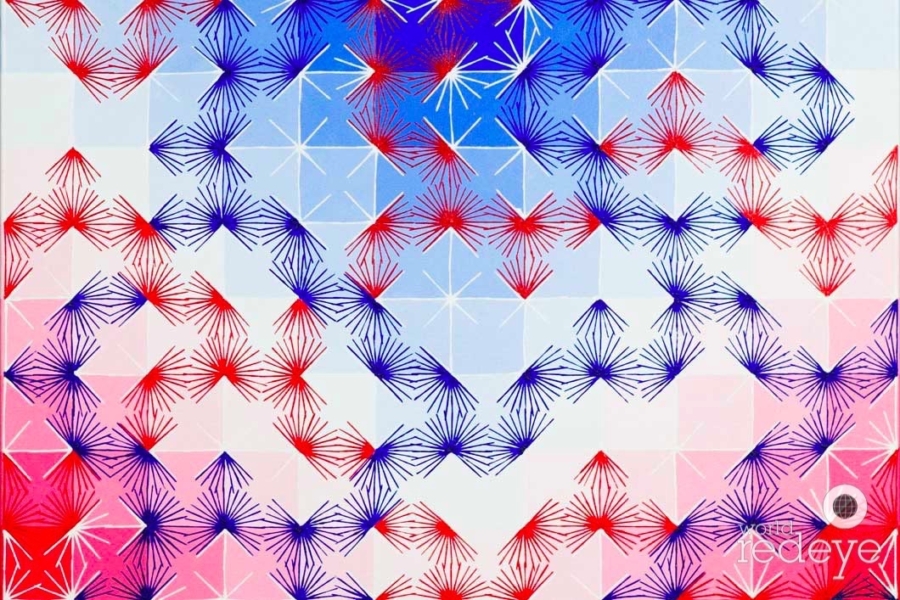
WRE: Your art can be described as abstract and geometric. What draws you to this style more than others?
RT: I love bright colors and bold lines; the simplicity and the aesthetic. Abstract art has a way of challenging some people into asking “Is this art?'” which of course it is, but I love that. The old argument “I could do that!” or “My child could do that!” always makes me cringe because you didn’t and they (probably) can’t. To me, geometric art is a more tangible form of abstract art. It isn’t foggy or messy, but bold and orderly and that draws me to it. There is definitely some abstract art out there that’s simply too vague or pretentious for me that I can’t stand looking at but that’s alright, I encourage people to dislike certain art. As long as you know why you don’t like to look at it, you can train yourself to find something you do and enjoy those pieces more.
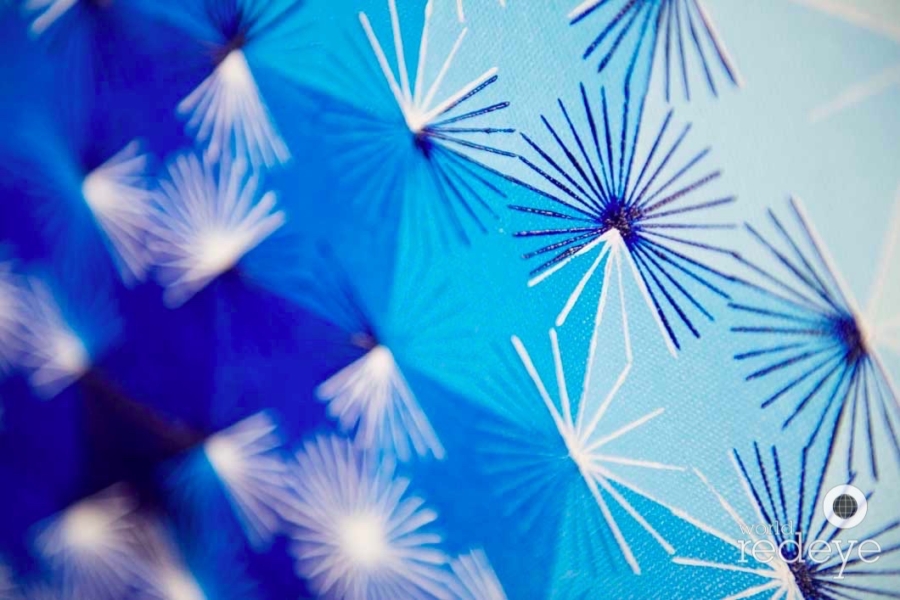
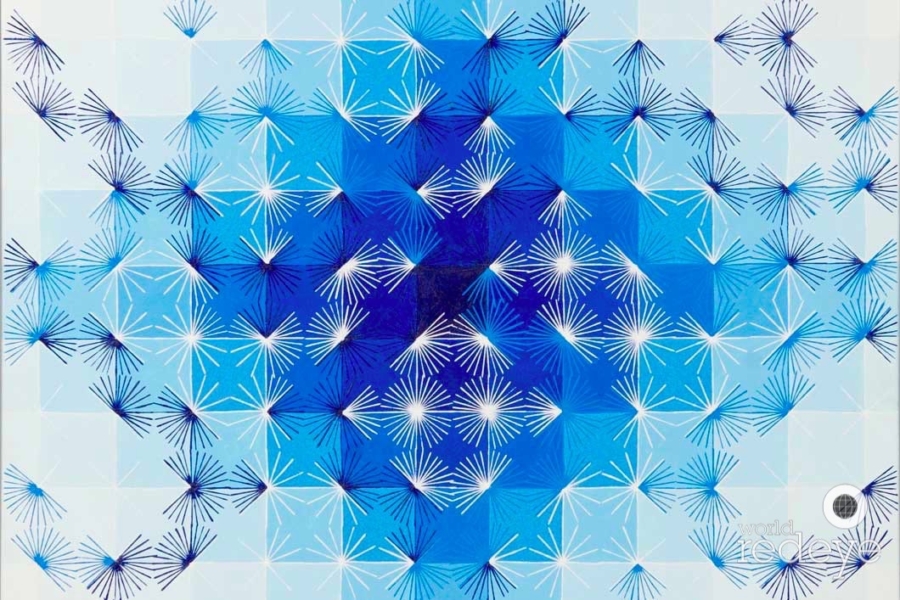
WRE: What is your favorite piece you’ve created over the years?
RT: My favorite piece is probably “Links” from 2014. It’s a 24″ x 24″ all blue painting, and the first one I made that I realized was really great. Before that I still felt like painting was a side hobby, but that piece made me realize I could do more. I’ve been offered to sell it a few times, but I can’t let it go. I may make a duplicate though and sell that!
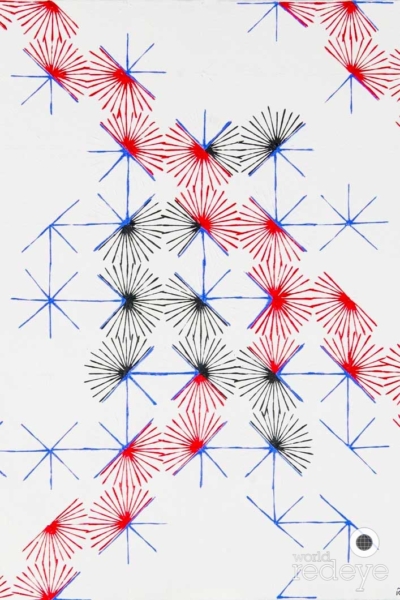
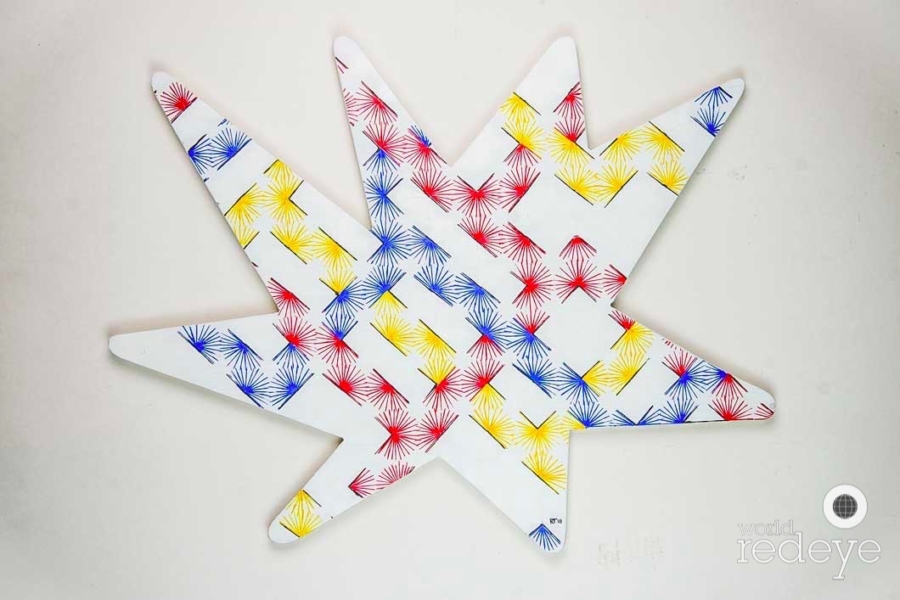
WRE: Explain the process behind designing each piece and choosing a color scheme.
RT: When I make a piece today, I always start with a few designs on graph paper. I fill a page or two to give myself some options and use color pencils to try a few different colors; this is where most of the thinking actually happens. Once I’ve settled on a design, I paint a base layer or two on the chosen canvas size, let it dry, then measure out the grid on the canvas in (usually) 2-inch by 2-inch squares. At the points are where I begin my “credit card stamping” technique using mostly old gift cards (some are different thicknesses as well), and with only one color at a time. I sometimes call an audible and change the direction of the “paths”, so the final result isn’t exactly the same as the original design. Same thing for my murals basically, but all scaled up! For those, I usually use an 8” rubber squeegee as a stamp and measure the grid out in 16-inch by 16-inch squares. I’ll also use the excess paint from my larger paintings on my small practice square canvases, which I usually don’t design but improvise instead.
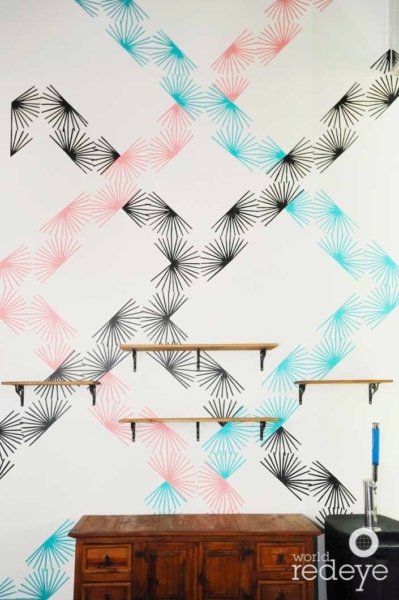
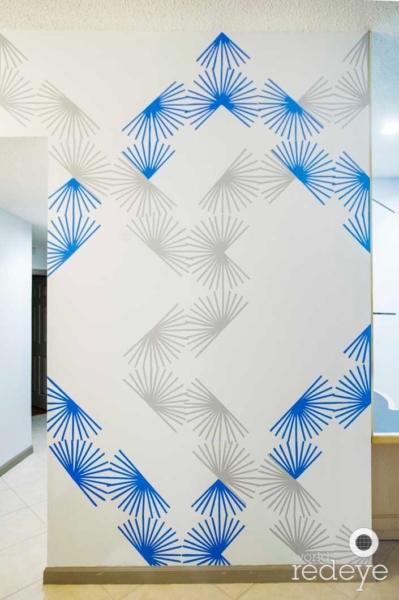
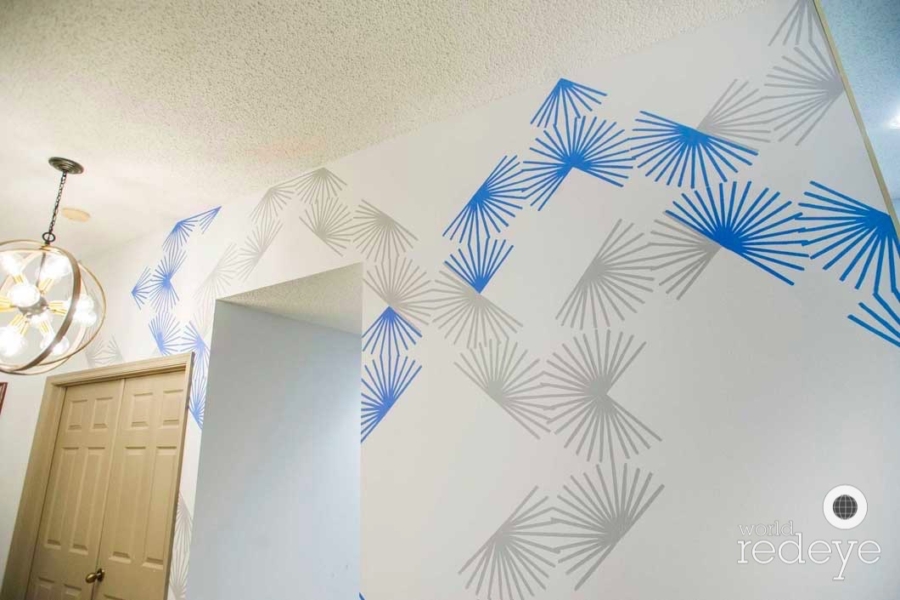

Ryan Troy
I love bright colors and bold lines; the simplicity and the aesthetic. Abstract art has a way of challenging some people into asking ‘Is this art?’ which of course it is, but I love that.
Ryan Troy
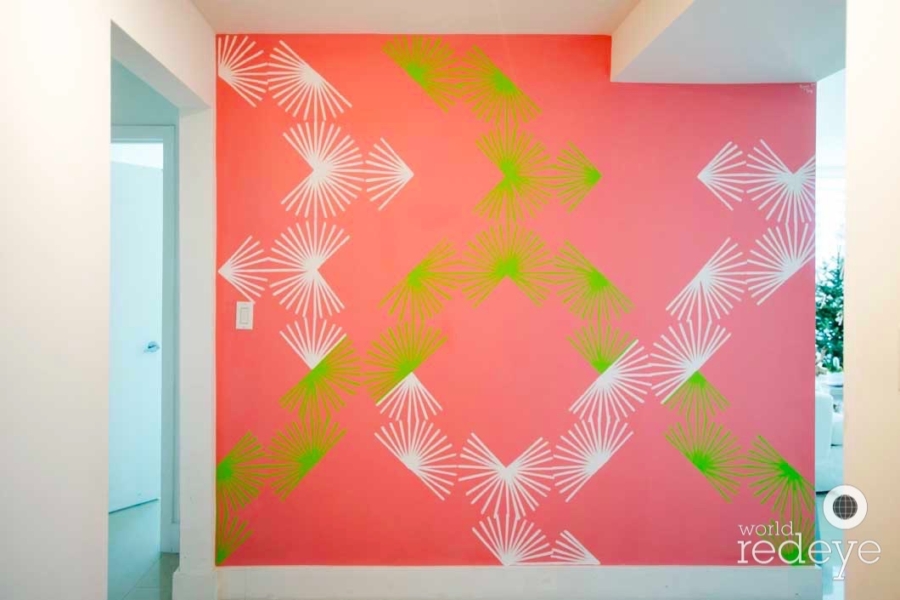
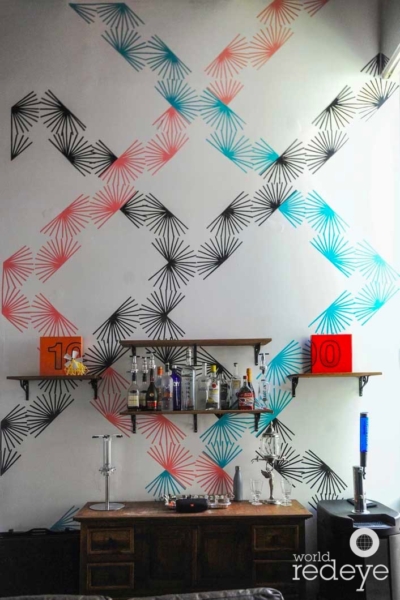
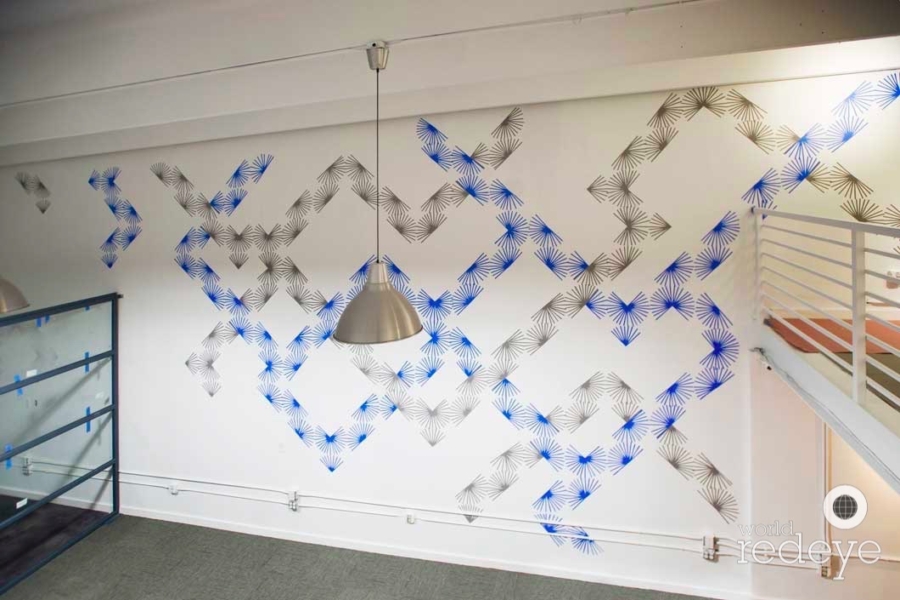
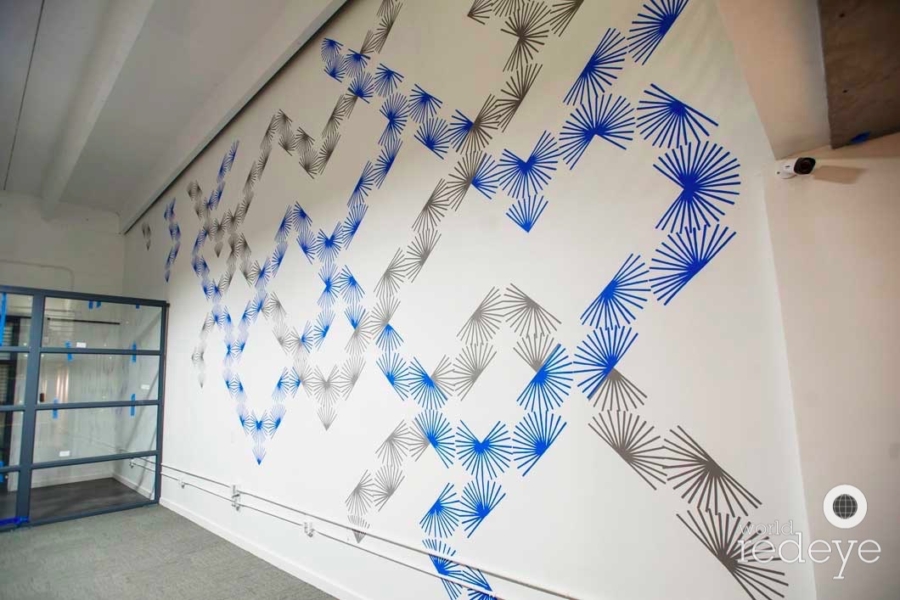
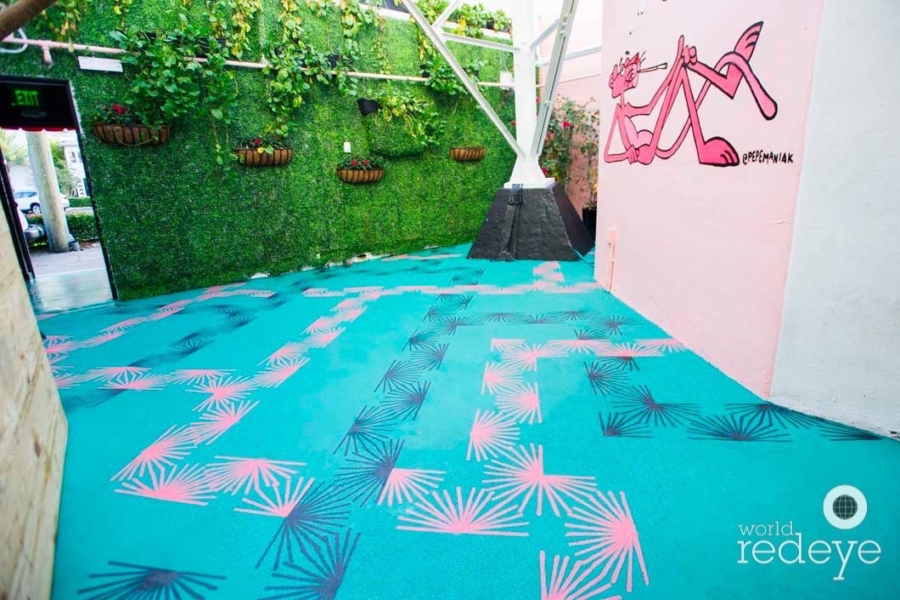
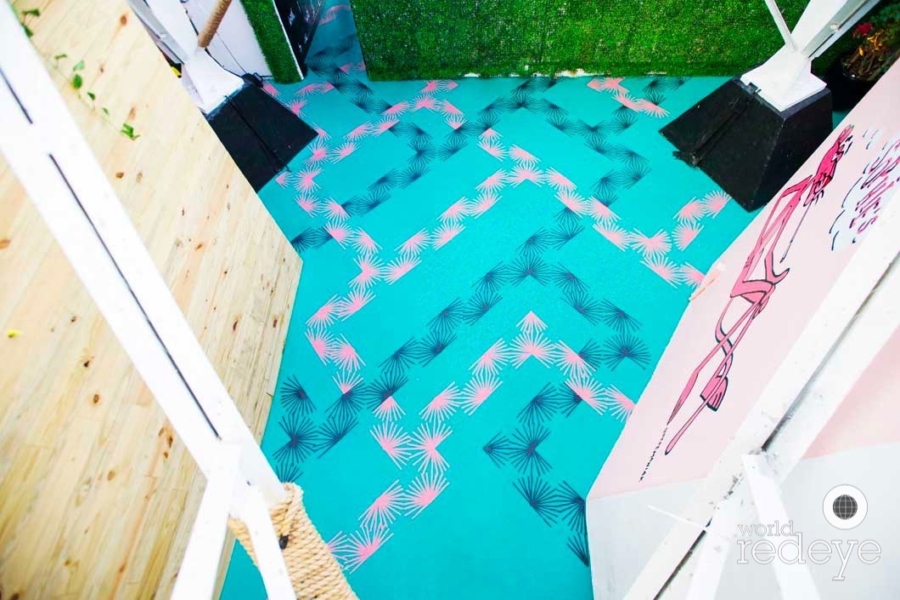
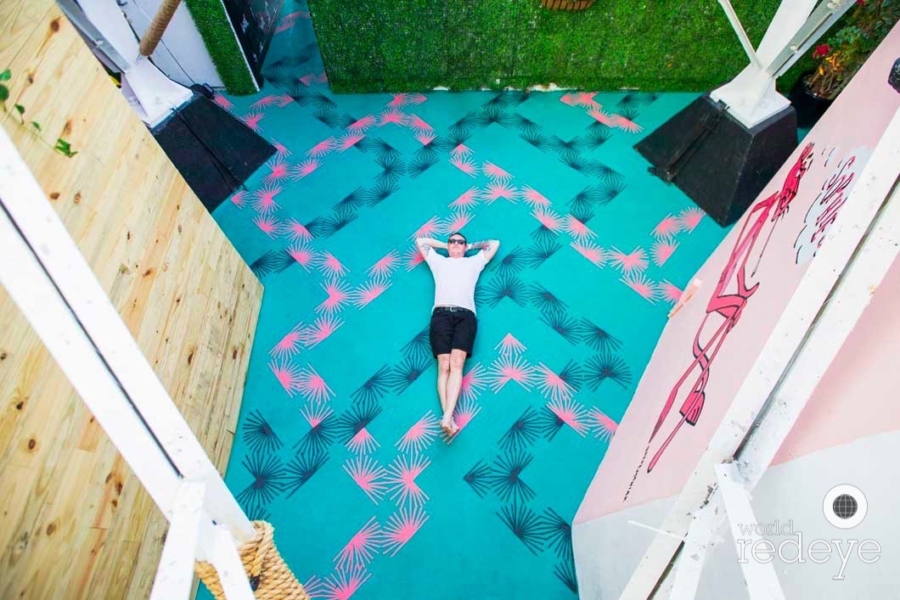
Ryan Troy


